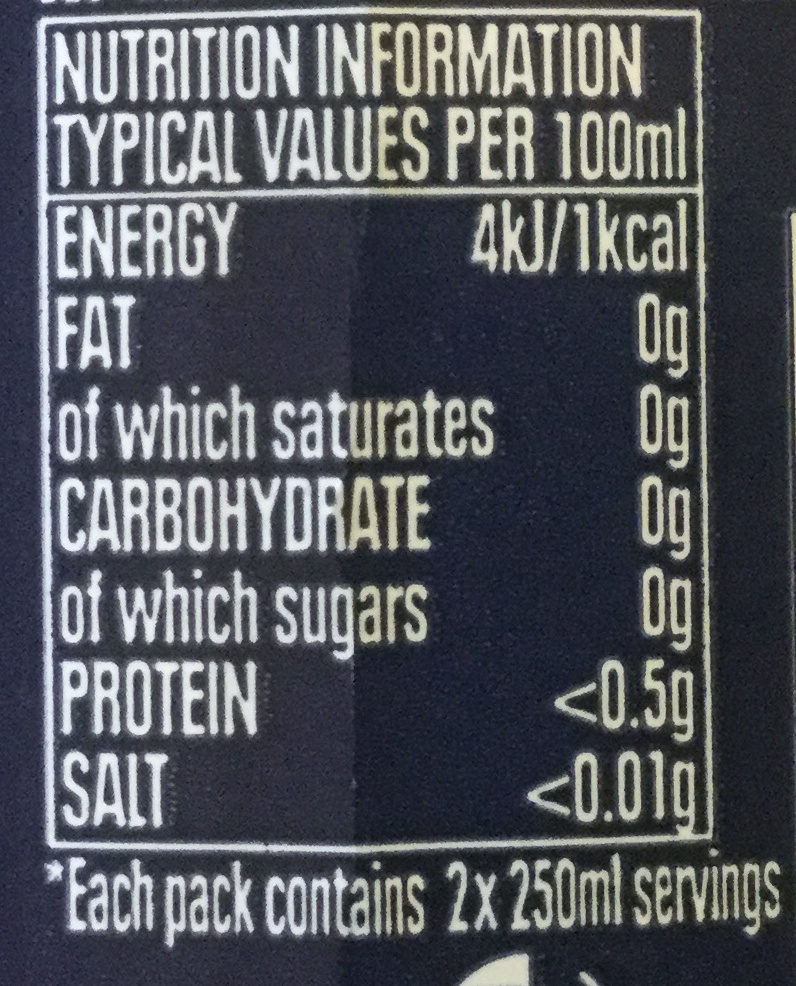IRNBRU XTRA - Barr - 500 ml e
This product page is not complete. You can help to complete it by editing it and adding more data from the photos we have, or by taking more photos using the app for Android or iPhone/iPad. Thank you!
×
Barcode: 5000382102458 (EAN / EAN-13)
Common name: Sparkling low calorie flavoured soft drink with sweeteners
Quantity: 500 ml e
Packaging: Plastic, Bottle, Bottle - plastic widely recycled
Brands: Barr
Categories: Beverages and beverages preparations, Beverages, Carbonated drinks, Artificially sweetened beverages, Sodas, Sweetened beverages
Labels, certifications, awards: Low or no sugar, No sugar, Contains-a-source-of-phenylaniline, May have an adverse avect on the attention and activity of children
Manufacturing or processing places: Scotland, United Kingdom
Stores: Morrisons
Countries where sold: France, United Kingdom
Matching with your preferences
Environment
Packaging
Transportation
Report a problem
Data sources
Product added on by foodviewer
Last edit of product page on by squid-gaming.
Product page also edited by beniben, kiliweb, openfoodfacts-contributors, packbot, yuka.SG81Y0lvY0xxZG91eXZSZzVFekl4SXB2NmI2TmNHcVlCTlVMSVE9PQ, yuka.YUlZK0YvVSttTWhSbXMwQjRrL0kzL2xFbTd1MFkwK3Vldm9OSVE9PQ.









